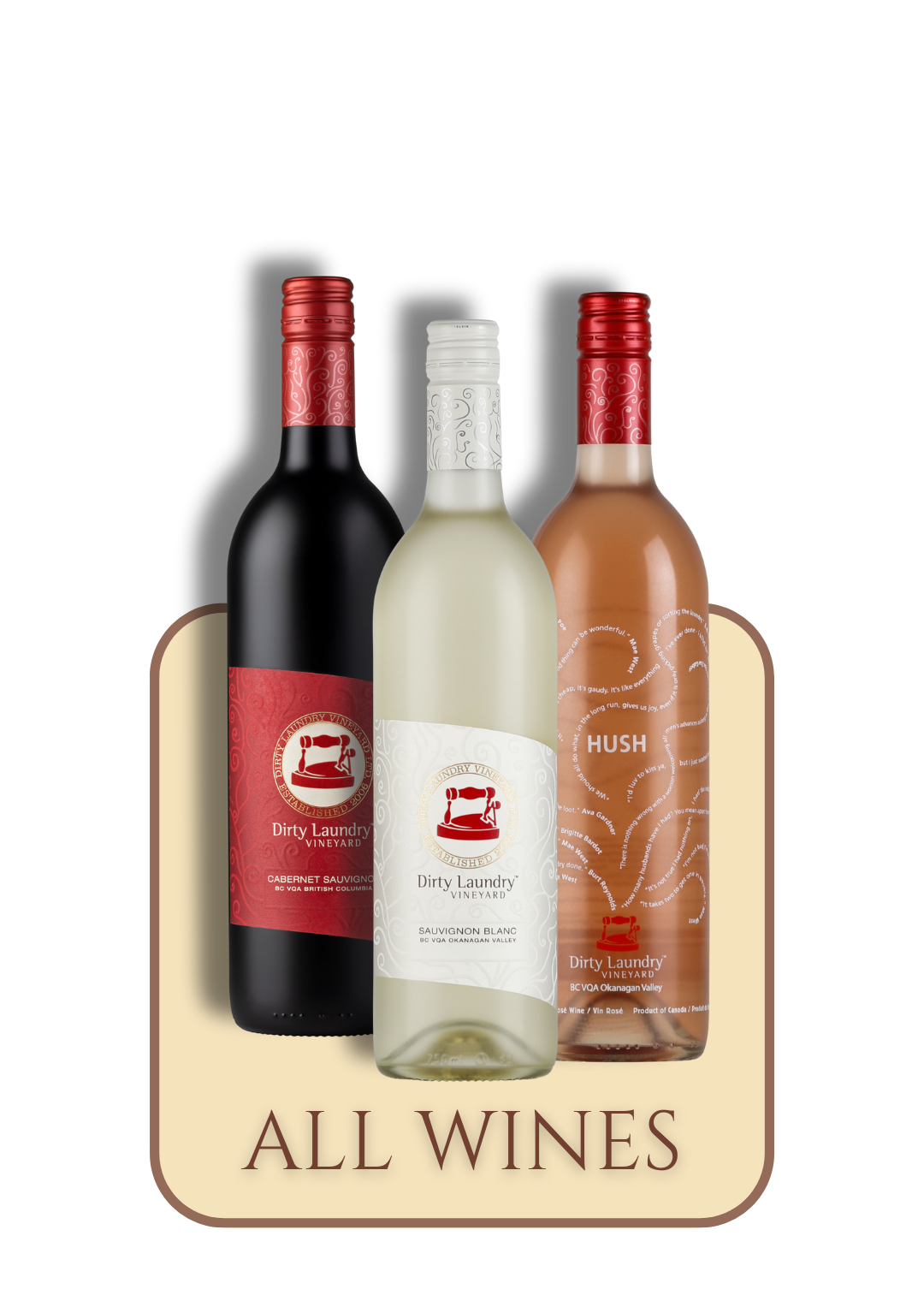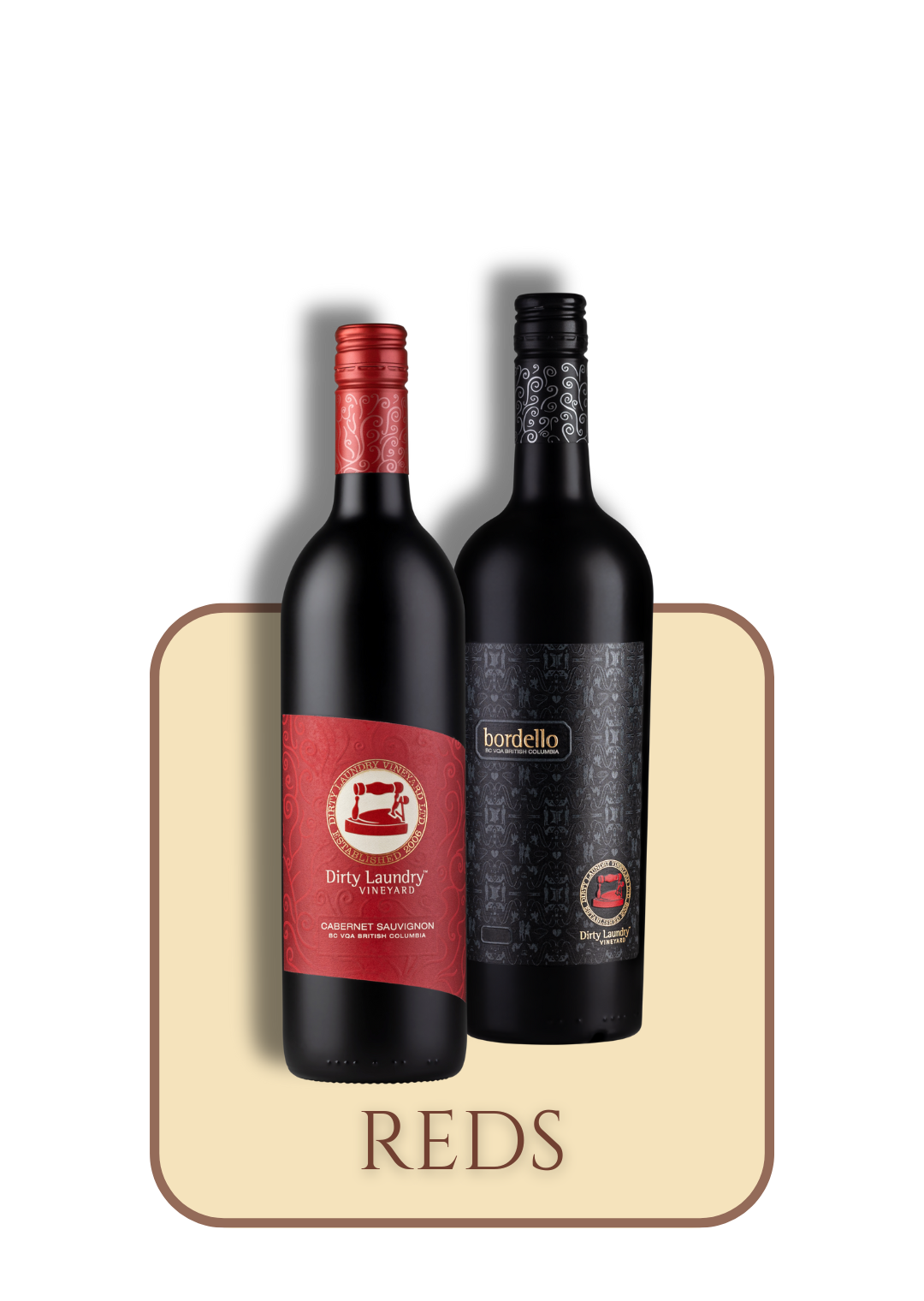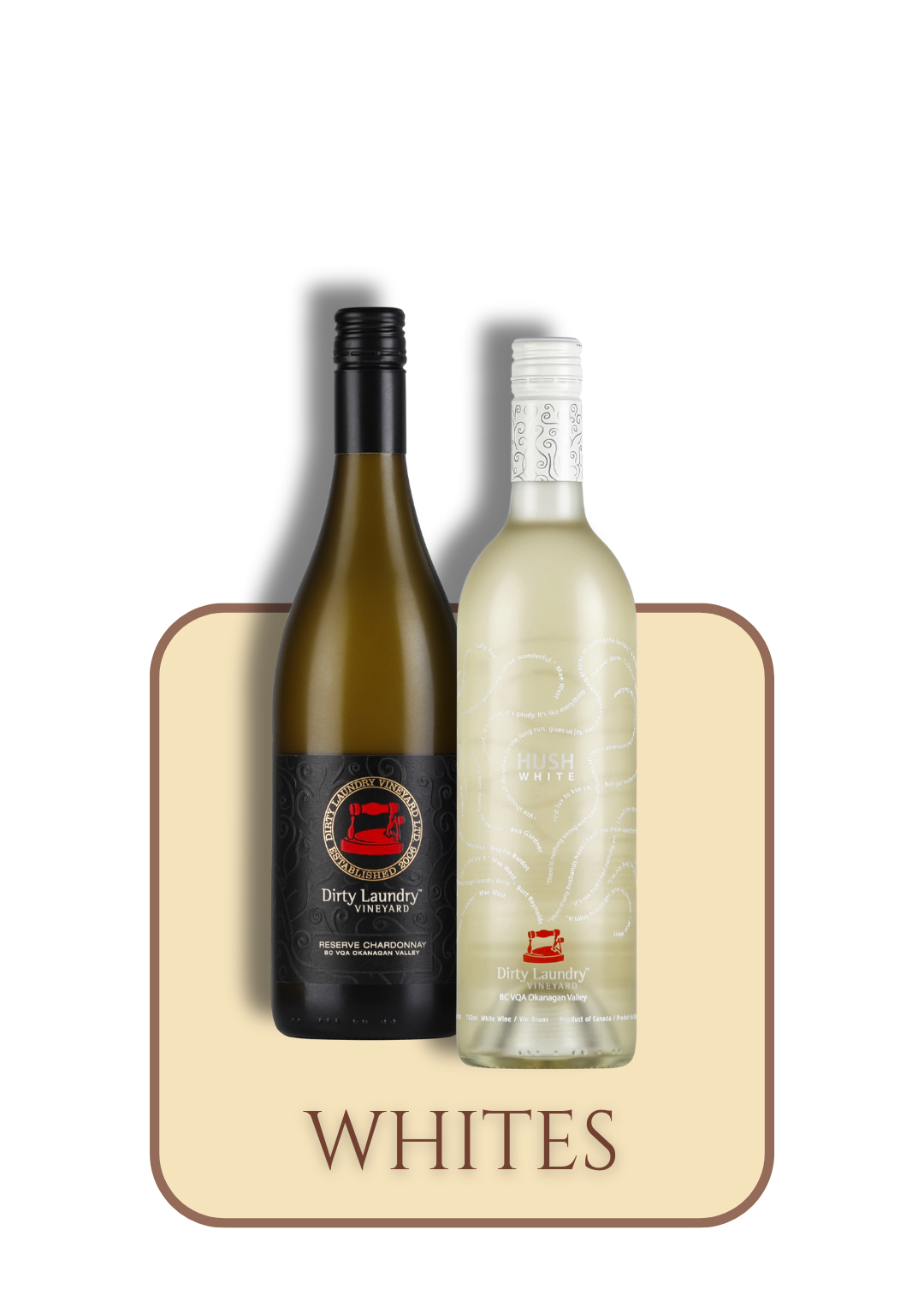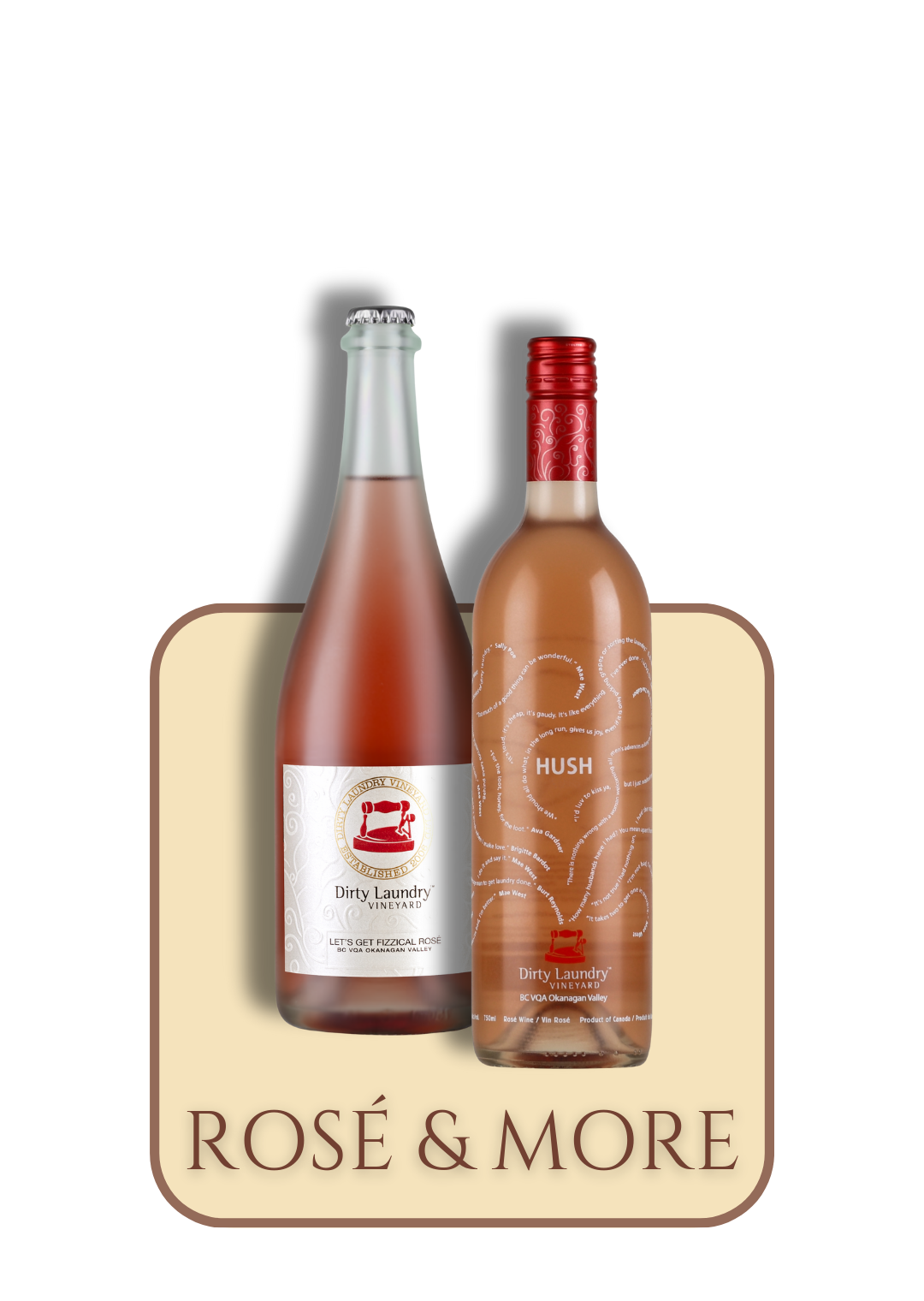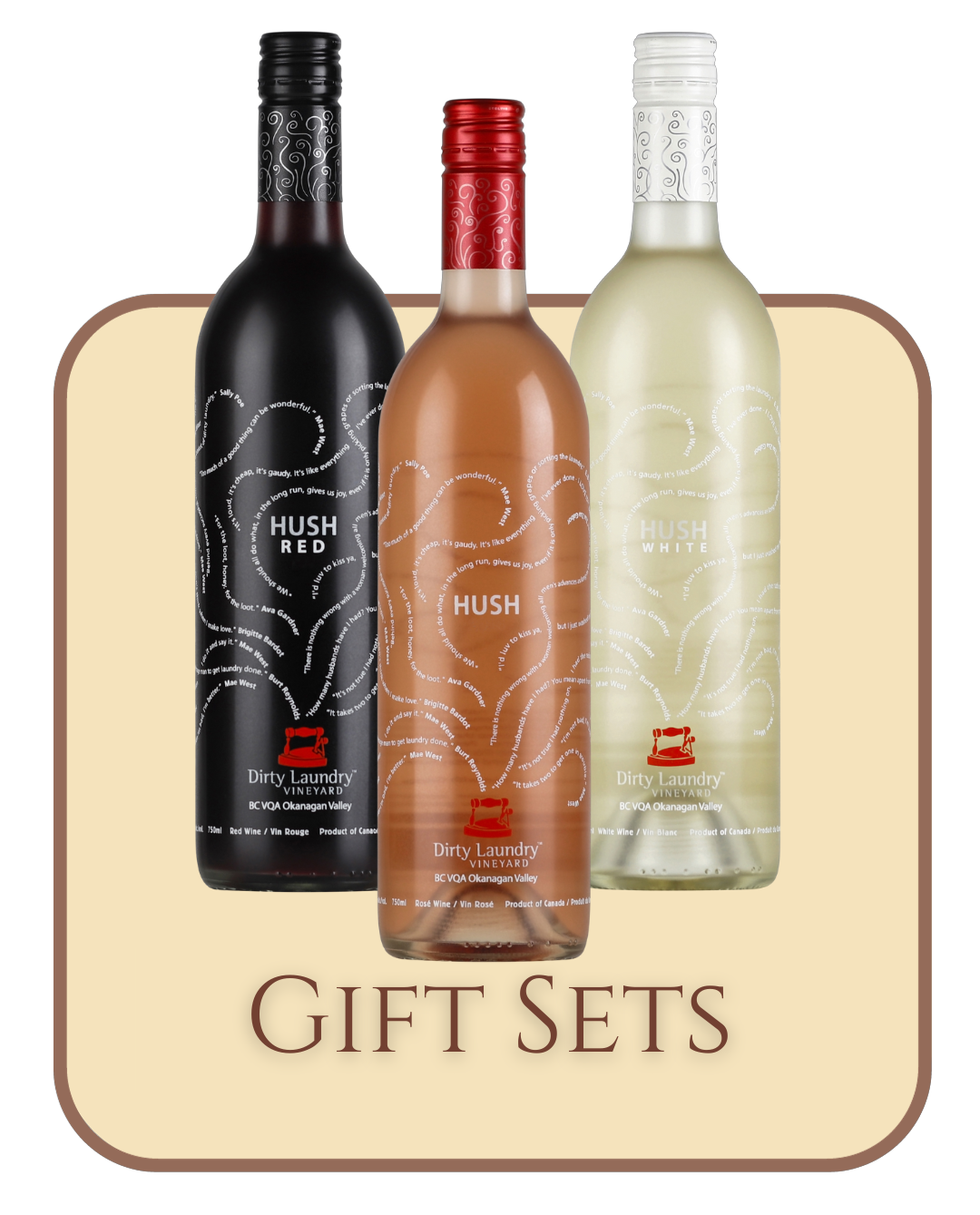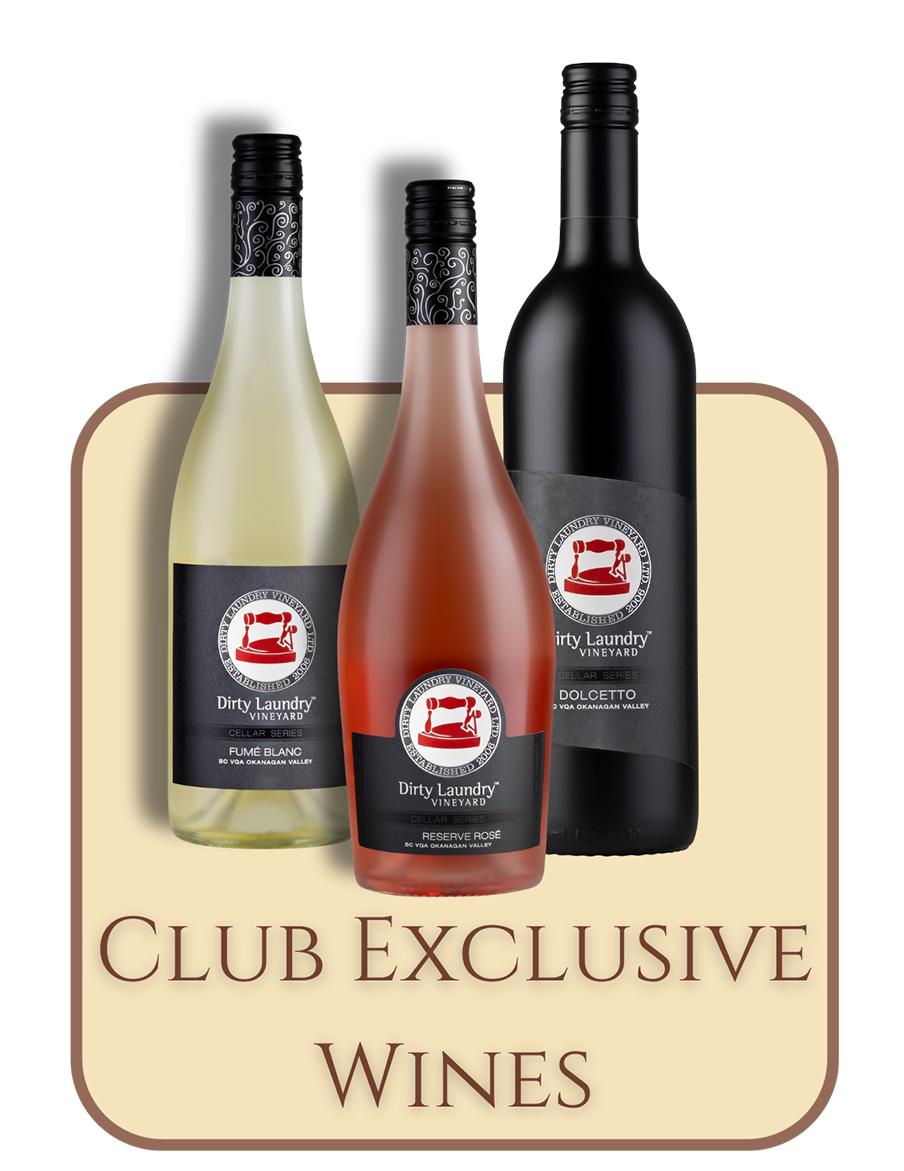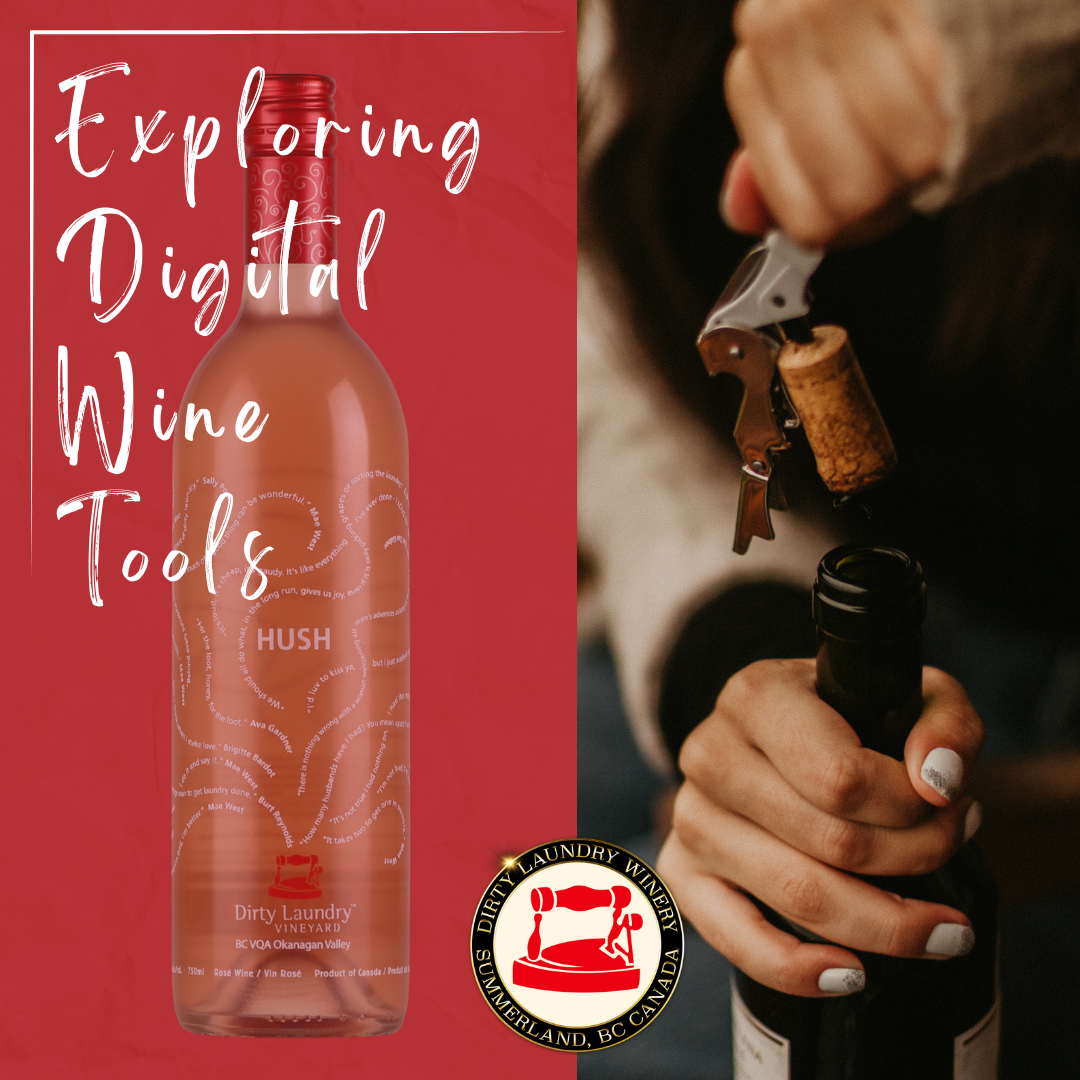
By Alia Etchison-Bone
•
March 20, 2025
The digital age has brought a wealth of tools to wine lovers, transforming how they discover, enjoy, and share their passion for wine. From mobile apps to sophisticated gadgets, these are some of the top digital tools that are elevating the wine experience for enthusiasts. 1.Wine Apps Wine apps - with their user-friendly interfaces and advanced features - have revolutionized how wine enthusiasts explore, track, and enjoy their favourite bottles, making it easier to navigate the vast world of wine. They provide knowledge, organization, and inspiration, empowering users to: Learn about new wine regions and discover new wines that match their tastes. Keep track of favourite bottles and tasting notes. Discover the best wine and food pairings. Manage and optimize wine collections. Make informed buying decisions with price and availability insights. How Do Wine Apps Work? Wine apps typically rely on a combination of label-scanning technology, extensive wine databases, and community input. Here’s how they function: Label Recognition : Many wine apps allow you to scan wine labels to quickly retrieve information about the wine, including details about its producer, varietal, region, and reviews. This feature helps users identify wines they encounter in stores, restaurants, or tastings. Tasting Note Tracking : Wine apps allow users to record personal impressions of the wines they try, noting aromas, flavours, and overall enjoyment. This helps build a personalized wine journal. Recommendations : Based on user preferences and past ratings, wine apps often suggest new wines to try or offer food pairing ideas. Wine Collection Management : Some wine apps allow you to track your own personal wine inventory, including the number of bottles, storage location, and optimal drinking windows, helping to maintain an organized wine cellar . Community Insights : Wine apps often include reviews and ratings from other wine lovers, providing a collaborative platform for discovery and learning. Price and Availability : Many wine apps show where you can buy a wine and at what price, making it easy to find and compare options. The Best Wine Apps for Every Enthusiast These are some of the best wine apps currently available: 1. Vivino Features: Label scanning, community reviews, personalized recommendations. Best For: Casual wine drinkers and those new to wine exploration. 2. CellarTracker Features: Comprehensive cellar management, detailed reviews, and tasting note tracking. They boast over 10M wine reviews! Best For: Collectors and serious wine enthusiasts. 3. Delectable Features: Label recognition, expert reviews, and social sharing. Best For: Socially inclined wine lovers who want expert insights. 4. Wine-Searcher Features: Price comparisons, availability tracking, and tasting notes. Best For: Bargain hunters looking for the best value. 5. VinoCell Features: Advanced cellar management and detailed tasting note features. Best For: Connoisseurs with extensive wine collections . 2. Smart Wine Gadgets Wine lovers know that there's more to enjoying a good bottle than just the drink itself. It's the experience, the ambiance, and of course, the tools that elevate every sip. Whether you’re a casual drinker or a connoisseur, there’s a gadget designed just for you. Coravin Systems The Coravin system is an innovative wine preservation system that allows you to pour wine from a bottle without removing the cork. The device features a thin, hollow needle that gently pierces the cork without damaging it. As wine is poured, the system injects inert argon gas into the bottle to replace the displaced wine, preventing oxidation. After the needle is removed, the natural elasticity of the cork seals itself, preserving the wine. This technology is designed to keep the remaining wine fresh for weeks, months, or even years. It’s particularly popular among wine enthusiasts, collectors, and professionals who want to enjoy a glass of wine without committing to opening an entire bottle. Smart Wine Coolers For the true wine enthusiast, a smart wine cooler is an investment in preservation, convenience, and experience. It takes the guesswork out of wine storage, using advanced technology to create the ideal environment for your bottles. Key Features of a Smart Wine Cooler: Precise Temperature Control : Smart wine coolers allow you to set and maintain specific temperatures for different types of wine (reds, whites, and sparkling). They ensure your wine stays at the perfect serving temperature, whether you're storing it for the long term or just chilling a bottle for tonight. Humidity Management : Proper humidity levels are crucial for preserving the cork and preventing oxidation. Many smart coolers come with built-in humidity control, keeping the air in your cooler at the ideal moisture level to maintain the integrity of your wine. App Connectivity : One of the standout features of smart wine coolers is the ability to control and monitor the cooler remotely via a smartphone app. You can adjust the temperature, set alerts for fluctuations, or even check the status of your cooler while you're out of the house. Wine Tracking and Inventory : Some advanced models include built-in sensors and RFID technology that can track and catalog your wine collection. The app may allow you to scan the label or input wine details, creating a digital inventory. You’ll know exactly what wines you have, their optimal drinking windows, and when it's time to restock. Energy Efficiency : Smart coolers are often designed to be energy-efficient, running quietly and using minimal power while keeping your wine at the perfect temperature. Alerts and Notifications : If there’s any fluctuation in temperature or humidity, your smart cooler can send an alert to your phone, giving you peace of mind. Some even allow you to program notifications for when a wine is at its peak drinking time. Wine Decanters with Aerators A wine decanter is a vessel used to hold and serve wine, typically made of glass or crystal. Its primary purpose is to aerate wine, allowing it to "breathe" by exposing it to oxygen, which can enhance its aroma and flavour, and improve overall drinking experience. Decanters are particularly beneficial for red wines and older vintages, as they can help soften tannins and remove sediment. With traditional decanting, you may need to wait anywhere from 30 minutes to several hours for the wine to reach its peak. Aerators , on the other hand, are devices designed to introduce air into the wine more rapidly, speeding up the decanting process. When these two elements are combined you get a tool that does the job of both decanting and aerating in one seamless process, enhancing the wine's flavours immediately as you pour it. The result is wine that is instantly smoother, more aromatic, and better balanced. Decanters with aerators come at a range of different price points starting at around $50 , with electric dispensers models starting a little higher, but some high end brands can cost several hundred dollars. Wine Dispensing Systems Digital wine dispensing systems are innovative devices that allow you to pour wine in a controlled, efficient, and convenient manner. These systems typically include an array of wine bottles stored in a temperature-controlled environment. With a simple digital interface, users can select their wine of choice and dispense a precise pour. The digital system tracks each pour, manages wine inventory, and even preserves opened bottles using inert gases like argon, preventing oxidation, keeping it fresh and flavourful for extended periods. Whether you're a wine bar owner, a restaurant manager, or a wine enthusiast at home, these systems bring convenience, innovation, and enhanced wine enjoyment to the table. Conclusion Digital tools have transformed the way we interact with wine, offering convenience, knowledge, and community at the tap of a screen or click of a button. Whether you’re exploring wines through an app, or preserving and enjoying bottles with smart gadgets, these innovations ensure there’s always more to learn and enjoy. Embrace these tools to enrich your wine journey and deepen your appreciation for the art of winemaking.
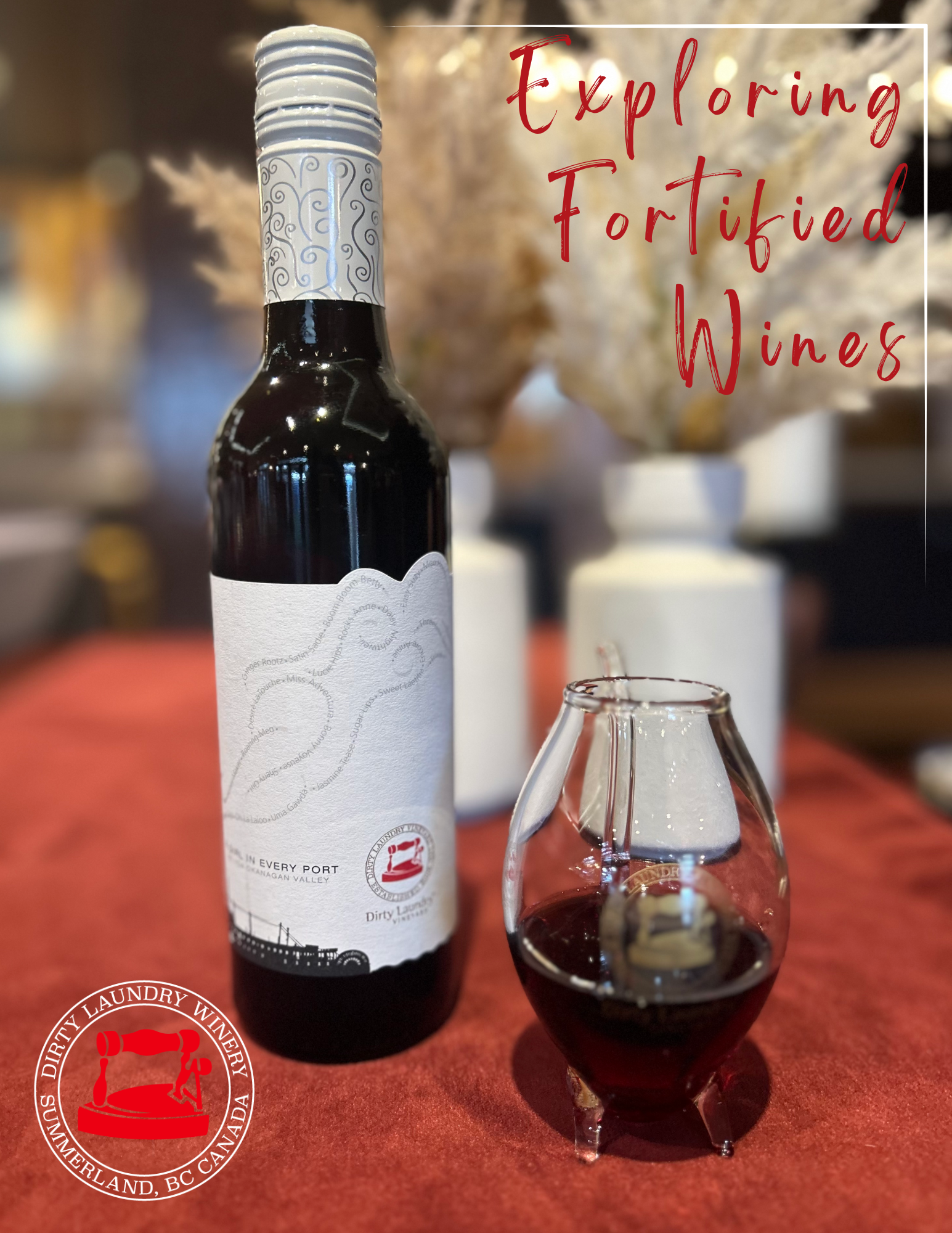
By Alia Etchison-Bone
•
February 20, 2025
Fortified wines have long been celebrated for their depth, complexity, and versatility. Whether you’re enjoying a glass by the fire, pairing it with dessert, or elevating your favourite cocktail, fortified wines offer something for everyone. Let’s dive into the world of fortified wines, exploring the iconic styles of Port and Sherry, plus a few of the lesser known fortified wine varieties. What Are Fortified Wines? Fortified wines are a category of wine that have been enhanced with a distilled spirit, typically grape brandy, during or after fermentation. They are known for their rich, concentrated flavours, making them suitable for sipping, pairing with food, or using in cocktails and cooking. Key Characteristics of Fortified Wines: Higher Alcohol Content: The boiling and condensing of the spirit during distillation increases the alcohol content. Fortified wines typically have an ABV between 16–22% - higher than regular wine due to the addition of spirits. Diverse Styles: Depending on when the distilled spirit is added during the winemaking process, the resulting wine can be sweet or dry with the middle-ground of medium-sweet or medium-dry covered in virtually all types of fortified wine categories. Adding the spirit mid-fermentation kills off the yeast and results in a sweeter fortified wine due to the larger amount of residual sugar left behind. If the spirit is added when the fermentation process has taken place, a higher percentage of the sugar has been broken down by the yeast, resulting in a drier fortified wine. Longevity: The practice of fortifying wine began in the Mediterranean region in the 13th century. It was popularized in the 17th century and became widespread by the 1840s due to the fact that the fortifying process helped to preserve and stabilize wine. This made the wine more robust and long-lasting which was perfect for long sea voyages when previously wine would spoil due to exposure to oxygen, bacteria, and fluctuating temperatures. Complex Flavours: Fortified wines offer a symphony of complex flavours that range from nutty and toasty notes, like almonds and caramel, to rich dried fruit tones, such as raisins, figs, and prunes. Their profiles often include warm spices like cinnamon and clove, and earthy and herbal undertones. These layers of flavour make fortified wines exceptionally versatile and deeply satisfying Portuguese Port Port wine, produced primarily from red grapes grown and fermented in the upper Douro Valley in northern Portugal, is arguably the most famous fortified wine, with a sweet, rich flavour, perfect for pairing with blue cheese, chocolate desserts, or nuts. Types of Port: Ruby Port: The most extensively produced port, ruby port is made using red grapes and is bright and fruity. It is typically aged for a shorter period and in tanks made of stainless steel to prevent oxidative aging and to preserve its rich ruby colour. At Dirty Laundry, we are proud to produce a ruby port-style wine made from a blend of Merlot and Pinot Noir that has been aged for 3 years and fortified with Alberta grain spirits. You will enjoy aromas of ripe fig, prunes and cardamom, with stewed cherries, ripe plum and hints of cinnamon and nutmeg on the palate, and a balanced and sweet finish. Tawny Port: This style of port uses red grapes but is aged in wooden barrels, exposing it to gradual oxidation and evaporation until a golden-color is obtained resulting in a nutty, caramelized flavour. Tawny port is blended in such a way that the finished product is a mixture of ages. Vintage Port: This style of port is made entirely from the grapes of an exceptional declared vintage year. It is typically aged in barrels initially, but then requires further aging of 10-40 years in the bottle. Vintage port is a collector’s favourite. White Port : A lighter style of port made in a wide variety of styles from dry to very sweet, white port is often enjoyed as an aperitif. Spanish Sherry From the sun-drenched region of Jerez in Spain comes Sherry, a fortified white wine with an incredible range of styles, from bone-dry to lusciously sweet. Sherry is produced using the solera aging system, which ages the wine over a period of at least 3 years. A series of 3–9 barrels are stacked vertically and the method involves moving 5-30% of the wine down from one barrel into the next one which blends wines of different vintages to ensure consistency and complexity. Different styles of sherry require a different number of transfers. At the end of the series, a portion of the final barrel is bottled and sold. Solera means “on the ground”, indicating that the bottom row contains the oldest Sherry. Types of Sherry: Fino (15-17% ABV): Light, dry, and crisp with a hint of almonds. Amontillado (15-17% ABV): Starts as a Fino but develops richer, nuttier flavours with age. Oloroso (17-22% ABV): Full-bodied, dark, and aromatic. Pedro Ximénez (15-22% ABV): Intensely sweet and perfect for drizzling over ice cream or sipping slowly. Lesser Known Fortified Wine Varieties While Port and Sherry often take the spotlight in discussions about fortified wines, there are several lesser-known varieties that offer unique flavours and cultural significance. These hidden gems are worth exploring for wine enthusiasts seeking something different: Madeira is a fortified wine from Portugal’s Madeira Islands, renowned for its caramelized, nutty flavours and remarkable longevity. It undergoes a unique aging process involving heat, which enhances its complexity. Its specific styles like Bual and Sercial showcase Madeira's diversity - Bual offers medium-sweet flavours of toffee and dried fruit, while Sercial is the driest Madeira, with crisp acidity and notes of citrus and almonds. Vermouth is an aromatic fortified wine infused with botanicals like herbs, spices, and citrus. Originating in Italy and France, it comes in dry and sweet styles and is widely used in cocktails, such as the Martini or Negroni, as well as enjoyed on its own as an aperitif. Marsala hailing from Sicily is a fortified wine with a rich history and versatility. Traditionally used in cooking, it also makes delightful sipping wine. Marsala comes in dry (secco), semi-dry (semisecco), and sweet (dolce) styles, with flavour notes of caramel, vanilla, and dried fruits. Commandaria , often called the world's oldest named wine, originates from Cyprus. Made from sun-dried grapes, this sweet fortified wine boasts flavours of honey, dried figs, and spices. Its history dates back to the Crusades, and it remains a symbol of Cypriot winemaking heritage. Rancio Sec is a fortified wine from southern France and parts of Spain, known for its bold, oxidative character. The name "Rancio" refers to the wine's intentional exposure to air and heat, which develops unique flavours of roasted nuts, dried apricots, and umami. Pineau des Charentes from France's Cognac region and often enjoyed as an aperitif is a blend of fresh grape juice and Cognac. The result is a sweet, aromatic fortified wine with notes of honey, stone fruit, and floral undertones. These lesser-known fortified wines reveal the breadth of styles within the category, each with its own story and flavour profile. How to Enjoy Fortified Wines Fortified wines are incredibly versatile and can be enjoyed in various ways: Sipping : Serve in small glasses to appreciate their concentrated flavours and aromas. Pairing : Fortified wines can complement a wide range of dishes: Port : Pair with blue cheese, dark chocolate, or nuts. Sherry: Match dry styles with tapas, olives, or seafood; sweet Sherry works with desserts or creamy cheeses. Madeira : Enjoy with roasted meats, mushrooms, or rich desserts. Vermouth: Serve with charcuterie, olives, or as a pre-meal aperitif. Cocktails : Fortified wines are excellent bases or modifiers in cocktails: Port: Try in a Port & Tonic with ice and a citrus garnish. Sherry: Use in a Sherry Cobbler with sugar, fruit, and crushed ice. Vermouth: Essential in classics like a Martini, Manhattan, or Negroni. Include in cooking: Fortified wines are fantastic in recipes: Sherry: Use for soups, sauces, or braised dishes. Madeira: Adds depth to gravies and reductions. Vermouth: Can enhance marinades and risottos. Storing and Serving Tips Fortified wines have a longer shelf life than regular wines due to their higher alcohol content, but they still benefit from proper storage. Keep them in a cool, dark place, and once opened, consume within a few weeks to maintain their optimal flavours. Serve the fortified wines at the right temperature. Dry Sherry and Vermouth are best chilled. Sweet fortified wines, like Tawny Port or Madeira, are often served slightly below room temperature. As a result of deep wood aging, many fortified wines will benefit from decanting and aeration before serving. Use the right glassware. A smaller glass (like a copita or port glass) concentrates the aromas and flavours. For cocktails, use traditional glassware such as a coupe or highball. Conclusion Fortified wines offer a world of flavours, histories, and traditions waiting to be explored. Whether you’re savouring a vintage Port, experimenting with a Sherry cocktail, or discovering a lesser-known fortified wine, these beverages invite you to slow down and appreciate the artistry behind every bottle. Cheers to the journey!
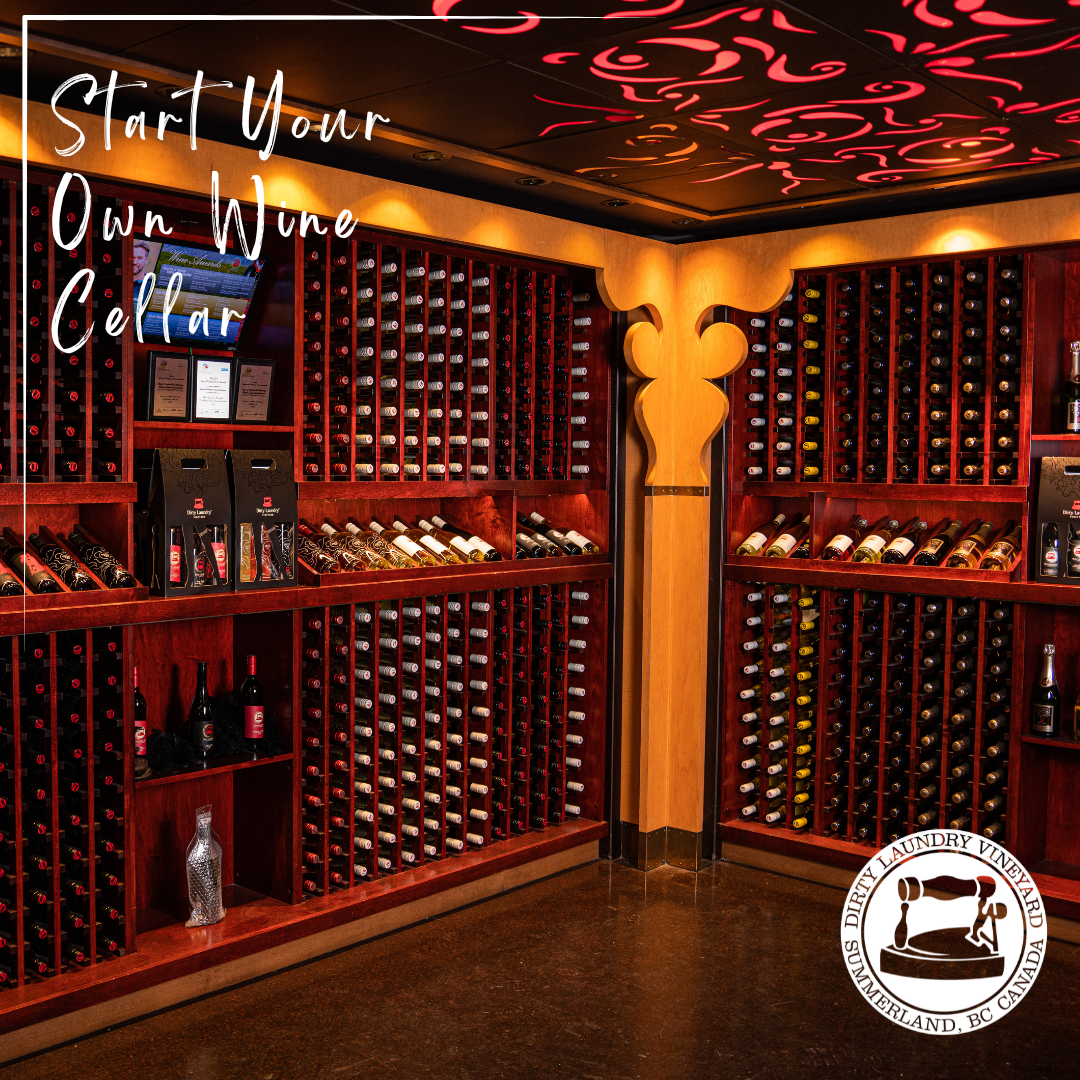
By Alia Etchison-Bone
•
January 15, 2025
Building your own wine cellar is more than just a project—it’s a personal journey into the world of wine appreciation. The term “wine cellar” can conjure up images of a physical cellar in the basement of the house, however, when referring to a wine cellar, it can simply mean a wine collection. The actual storage of the bottles does not have to be in a physical cellar, but we discuss that in more detail later on. Starting a wine cellar can feel overwhelming, especially with the sheer variety of wines available. But building your first collection is an exciting opportunity to explore new flavours, learn about different styles, and discover your preferences. Whether you’re a casual enthusiast or planning to grow your cellar over time, this guide will help you stock it with versatile, beginner-friendly options that balance quality and value. Here’s how to get started on you first wine cellar or collection: 1. Define Your Purpose Before beginning construction or renovations on your space, or diving into shopping for bottles, think about what you want your wine cellar to accomplish. For Personal Enjoyment: If you love wine and want a curated collection to suit your taste, focus on your favourite regions and styles. For Investment: If you’re planning to collect high-value bottles, research wines that appreciate over time. For Entertaining : If your cellar will be a centerpiece for hosting, design it with aesthetics and accessibility in mind. Buy a variety of bottles that are versatile, able to pair with a wide range of food styles. 2. Choose the Right Location Wine thrives in the right environment. The location of your cellar is key to maintaining the quality of your bottles. If you don’t have a basement or suitable area, consider investing in a wine fridge or a small modular wine room. These are the key elements to consider, wherever the location of your cellar: Temperature: Keep your wines at a stable temperature, ideally between 10–15°C. If you’re serious about aging wine, consider installing a cooling unit designed for wine cellars. Humidity: Aim for 60–70% humidity to prevent corks from drying out. Invest in tools to monitor and maintain your cellar’s conditions. A thermometer and hygrometer will help you keep track of temperature and humidity levels. Light: Keep the space dark to protect wine from UV damage. Use dim, LED lighting that won’t damage your wines. Vibration-Free: Avoid placing your cellar near appliances or heavy foot traffic, as vibrations can disturb wine’s aging process. 3. Plan Your Storage System Wine storage is about more than just stacking bottles. A good system keeps your collection organized and accessible. Racks: Use wine racks made of wood or metal that store bottles horizontally to keep corks moist. Capacity: Start with more space than you think you’ll need. Collections grow quickly! Tracking: Tracking your collection ensures you drink your wines at their peak. Use a wine journal, spreadsheet, or app to record vintage, region and producer, price, and ideal drinking window. 4. Start Your Collection This is where the fun starts! Once your storage space is ready, it’s time to stock your cellar. Starting a wine cellar doesn’t mean you need to break the bank. Allocate your budget thoughtfully: Everyday Wines: $10–$30 per bottle. Mid-Range Collectibles: $30–$100 per bottle. Aging Wines and Splurges: $100+ per bottle. As your knowledge and budget grow, you can gradually add higher-end wines to your collection. Everyday Wines: Every wine cellar should include a selection of red, white and rosé wines that you can enjoy on any occasion. These should be approachable, versatile, and affordable options that pair well with a variety of meals. Or, simply choose everyday wines that you love. Red wines: A medium-bodied red like a Merlot or a Grenache offers soft tannins and fruit-forward flavours. Our aptly named “ Cellar Series Merlot ” or “ Cellar Series Malbec ” would both be perfect additions to your new wine cellar. White wines : Look for a crisp Sauvignon Blanc (such as our “ Cellar Series Fumé Blanc ” - exclusively available to club members), a light Pinot Gris for refreshing options, or a bright, full Chardonnay . Rosé: A light, medium-bodied Rosé is a must-have for warm weather or light fare. Dessert and Fortified wines: Sweet and fortified wines are essential for pairing with desserts or ending a meal on a high note. A Sauternes (a French sweet wine from the region of the same name in the Graves section in Bordeaux) or a Canadian Ice Wine will add rich, sweet options to your wine cellar. When choosing ports for your wine cellar, opt for a Ruby port for bold fruitiness, and Tawny for nuttier, aged flavours. Our non vintage ruby port-style wine was aged in French Oak for 3 years. You might also want to include Sherry. A dry Amontillado and a sweet Pedro Ximénez would provide a range of sweetness levels. Bubbles: Bubbles elevate any celebration or casual gathering. For the budget-friendly, sparkling wine , Italian prosecco or Spanish cava is ideal. Consider French Crémant or Champagne if you are wanting a higher end sparkling experience. Wines for Aging: One of the joys of having a wine cellar is watching your collection evolve over time. Add a few bottles with aging potential to appreciate the complexity that comes with maturity. Wines like Bordeaux, Barolo, or premium Chardonnays typically age beautifully for 5–10 years or more, developing richer and more nuanced flavours. Wines from Different Regions: Expand your palate and add depth to your collection by exploring wines from iconic regions such as: France - Bordeaux, Burgundy, Rhône, Loire Valley Italy - Chianti Classico, Barolo, Amarone, Soave Spain - Rioja, Priorat, Albariño, Sherry New World - Napa Valley Cabernet Sauvignon, Oregon Pinot Noir, Australian Shiraz, New Zealand Sauvignon Blanc. Experiment with Unique Varietals: Beginner cellars should include a few adventurous wines to encourage exploration. Look for lesser-known grape varieties or wines from emerging regions such as: Grüner Veltliner from Austria Chenin Blanc from South Africa Viognier from France, the USA, or Canada Gamay from Beaujolais, France Malbec from Argentina Tempranillo from Spain. 5. Enjoy The Journey Building a beginner’s wine cellar is a rewarding endeavor that is about exploration and enjoyment. Don’t worry about having the “perfect” collection right away. Start with wines you’re curious about and expand as you discover new favourites. By focusing on a mix of everyday wines, age-worthy bottles, and a touch of adventure, your beginner’s wine cellar will reflect your unique taste and personality, and be ready to provide both immediate satisfaction and long-term rewards. Cheers to your journey!

